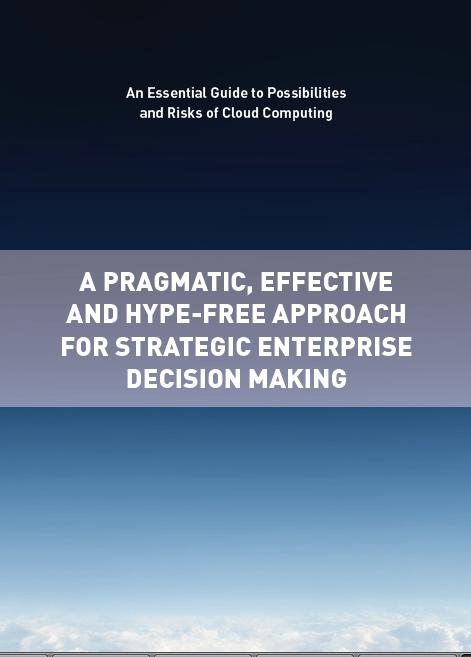Cloud it or not to cloud it, will be for certain one of the major questions that the IT departments will have to face in the 2009/2010 period. They are always confronted with the need to reduce their platform costs and to increase the performance. In the upcoming times they will have to confront these necessities or challenges more than ever. With all the experts (if we forget the existing skeptics) saying that with Cloud Computing we will increase availability, performance, security, and despite that, we will be able to reduce the costs, I’m sure that all the IT departments should have to start questioning themselves – Cloud it or not to cloud it?
It’s obvious that its not clear that Cloud computing is the IT department’s salvation, but, I think that this paradigm will help the IT experts move forward and get better results from their efforts.
For more numbers and opinions you can read some thoughts about it:
(this is an old text and it’s already result of our 2008 review)
http://blogs.zdnet.com/BTL/?p=8199
-By 2012, 80 percent of Fortune 1000 enterprises will pay for some cloud
computing service and 30 percent of them will pay for cloud computing
infrastructure.
-Through 2010, more than 80 percent of enterprise use of cloud computing
will be devoted to very large data queries, short-term massively
parallel workloads, or IT use by startups with little to no IT
infrastructure.
